Navigating Medicare enrollment can be overwhelming, especially with the many coverage options available. While selecting a plan that fits your health needs and budget is the goal, some common missteps can lead to unexpected costs or inadequate coverage. Here are the top five Medicare enrollment mistakes to avoid to ensure you make the most informed decision.
1. Missing Your Enrollment Deadlines
Medicare has specific enrollment periods, and missing these deadlines can result in penalties or delays in coverage. Key enrollment windows include:
- Initial Enrollment Period (IEP): Begins three months before, the month of, and three months after your 65th birthday.
- General Enrollment Period (GEP): Runs from January 1 to March 31 if you missed your IEP.
- Annual Enrollment Period (AEP): From October 15 to December 7, allowing you to change plans.
- Special Enrollment Periods (SEPs): Available under certain conditions, like losing employer coverage. Missing your initial or annual enrollment windows could mean limited options or late enrollment penalties. Mark these dates on your calendar and set reminders to avoid paying more for Medicare in the future.
2. Not Reviewing Your Coverage Options Thoroughly
Many assume that Original Medicare (Part A and Part B) alone is sufficient, overlooking other options such as Medicare Advantage (Part C) or Medigap. While Original Medicare covers many services, it does not cover everything. Medicare Advantage plans can offer additional benefits, such as prescription drugs, dental, and vision coverage, often with lower out-of-pocket expenses. Carefully compare Original Medicare, Medicare Advantage, and supplemental insurance options to see what best fits your health needs and budget.
3. Neglecting to Consider Prescription Drug Coverage
Prescription drug coverage is essential for managing healthcare costs, and Original Medicare does not cover most prescription drugs. By enrolling in a standalone Medicare Part D plan or choosing a Medicare Advantage plan that includes drug coverage, you can help cover prescription costs and avoid paying out-of-pocket. If you delay Part D enrollment and need it later, a late enrollment penalty may apply. Evaluate your prescription needs carefully to find a plan that offers the best coverage for your medications.
4. Overlooking the Costs Beyond Premiums
Many people focus solely on premiums, forgetting about other expenses like deductibles, copayments, and coinsurance. Depending on your health and frequency of medical visits, out-of-pocket expenses can quickly add up. Look at each plan’s deductible and copayment structure and consider how much you might end up paying for various medical services. It may be worth paying a higher premium to reduce your out-of-pocket costs, especially if you have ongoing medical needs.
5. Skipping Annual Plan Reviews
Once enrolled, it’s easy to stay on the same Medicare plan each year. However, plans can change their benefits, premiums, and provider networks annually. The Annual Enrollment Period is an excellent time to review your current plan and compare it to other available options. Staying up to date with your coverage options ensures you continue receiving the best benefits for your needs and can save you money.
Conclusion
Medicare enrollment can feel overwhelming, but avoiding these common mistakes can make the process smoother and more cost-effective. By staying informed, carefully reviewing your options, and keeping track of key enrollment dates, you can choose the Medicare plan that best suits your needs without facing unexpected expenses. Brooks & Brooks Insurance Agency is here to help—reach out to us at 972-544-7524 for expert assistance in making the right Medicare choice!

